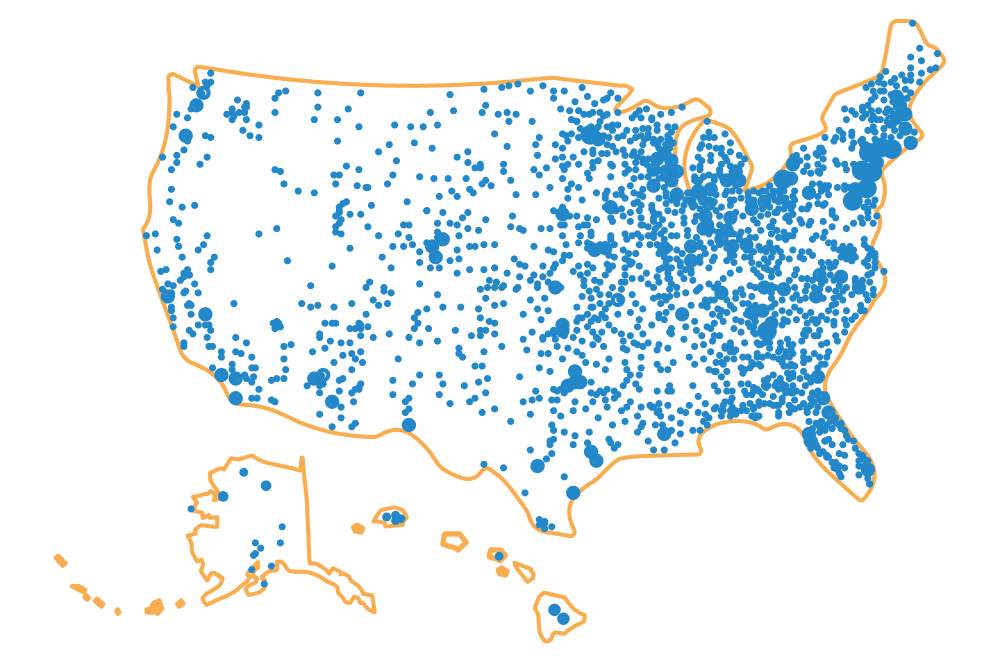Along with our age-based investment options, Ohio’s 529 Plan, CollegeAdvantage, offers age-based savings strategies for parents who want to select their own 529 investment options. No matter how old your child is, Ohio’s 529 Plan has guidance on what to do at this current stage of their life. It’s never too early and never too late to save for their higher education. In this fifth article of a six-part series, Ohio’s 529 Plan shares recommendations on what steps to take to keeping building your 529 college savings account as your child heads off for their higher education.
College years
It’s time to finally start using your college savings. However, unless your student is in the last semester of their last post-secondary degree, you still have time to keep saving. If you’re planning to pay expenses out-of-pocket (books, writing a check for off-campus rent, etc.), why not put those dollars in your 529 plan first? You can continue to save in the 529 plan to take advantage of the tax-free earnings, tax-free withdrawals, and an up-to $4,000 State of Ohio income tax deduction for Ohioans in Ohio’s 529 Plan. Just keep in mind the funds must be in the account a minimum of seven business days before they become available for withdrawal. This way, the account can continue to grow even though you’re starting to use those college savings funds.
Before you need to make a withdrawal to pay for your child’s qualified higher education expenses, make sure that you’ve set up the two-factor authentication for your Ohio 529 account. Once set, confirm that your home address and banking account information is up-to-date with CollegeAdvantage. If not, revise that information as soon as possible as this information must be on file at Ohio’s 529 Plan for 15 calendar days before a withdrawal can be processed.
Also, you should decide how you want to make the payment before requesting a 529 plan withdrawal. Do you want to pay an account withdrawal directly to the college, to your bank account, or to your beneficiary? How does the college accept payments? Also, check with the school bursar’s office to find out how long it takes for them to process any payments. With this information, you can plan accordingly to avoid late fees or your child being bumped from any classes.
Then, begin the withdrawal transaction online. By initiating the request online, you are taking advantage of the fastest and most accurate method of accessing funds from your 529 college savings plan. You can also choose to fill in a Withdrawal Request Form and then mail it in. Just be aware that it is potentially the slowest process to withdrawal money from your 529 accounts.
What about qualified higher education expenses that aren’t paid to the school? For example, let’s say your child lives off-campus. Then you will need to pay the property manager (or landlord, or fraternity/sorority, etc.) directly. For this and other off-campus housing, withdraw the needed funds from your Ohio 529 account. The money can be directly deposited to your or the beneficiary’s bank account, or Ohio’s 529 Plan can mail a check directly to you or the beneficiary to cover the costs so you can pay the upcoming bill.
What if you’ve already paid for some 529-qualified higher education expenses, such as books, mandatory fees, or the bill for your student’s internet access out of pocket? You can reimburse these qualified costs from your 529 college savings plan as long as the withdrawal and the qualified expense occur during the same calendar year! Be sure to hold onto the receipts and bills to keep track of what you spent. Once you have a final total, request a 529 withdrawal for that amount. You can have it deposited to your bank account to compensate for the payment of the qualified expenses.
Your 529 withdrawals must match dollar for dollar to your child’s qualified higher education expenses. As is the case with all 529s, the burden of proof for tax purposes of the qualified expenses and withdrawals lies with you as the account owner. Retain all documentation and records of the 529-qualifed expenses and your corresponding withdrawals to pay them. Make sure that the 529 withdrawals take place the same year you pay for the higher education expenses.
Someday, your baby will be in college so start saving today with Ohio’s tax-free 529 plan. These are some recommendations to consider for your college student and the corresponding steps to take with your 529 college savings plan.








